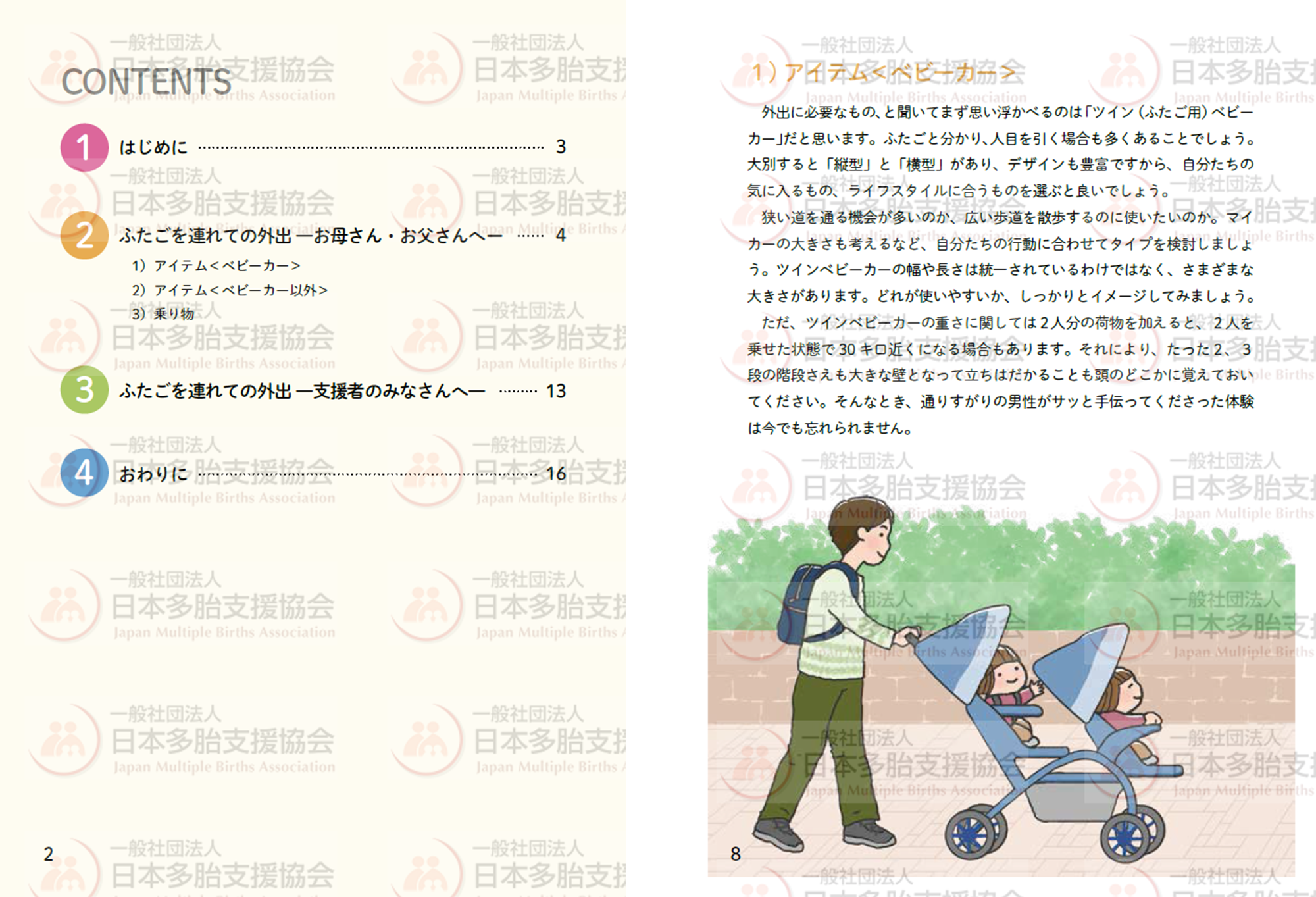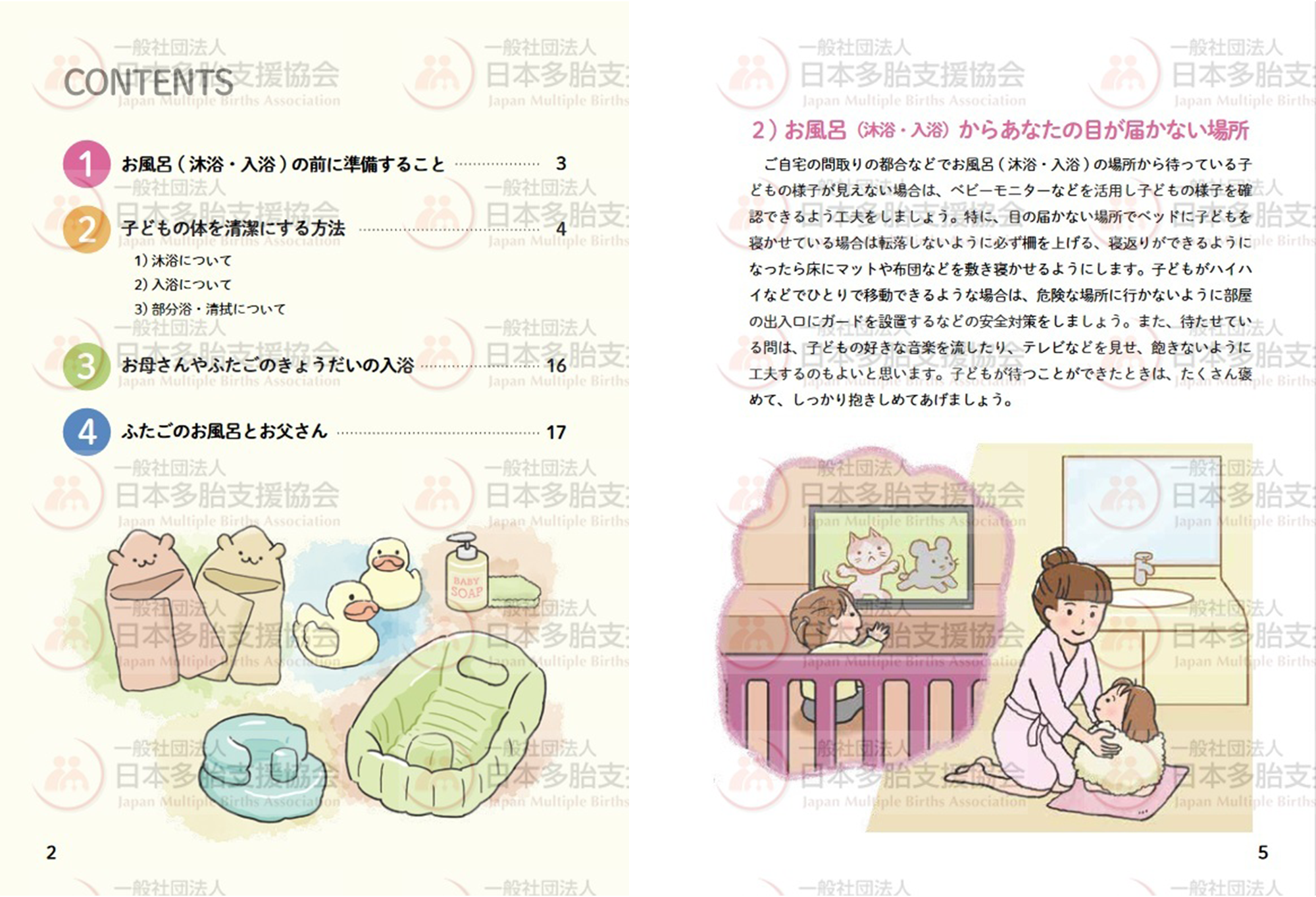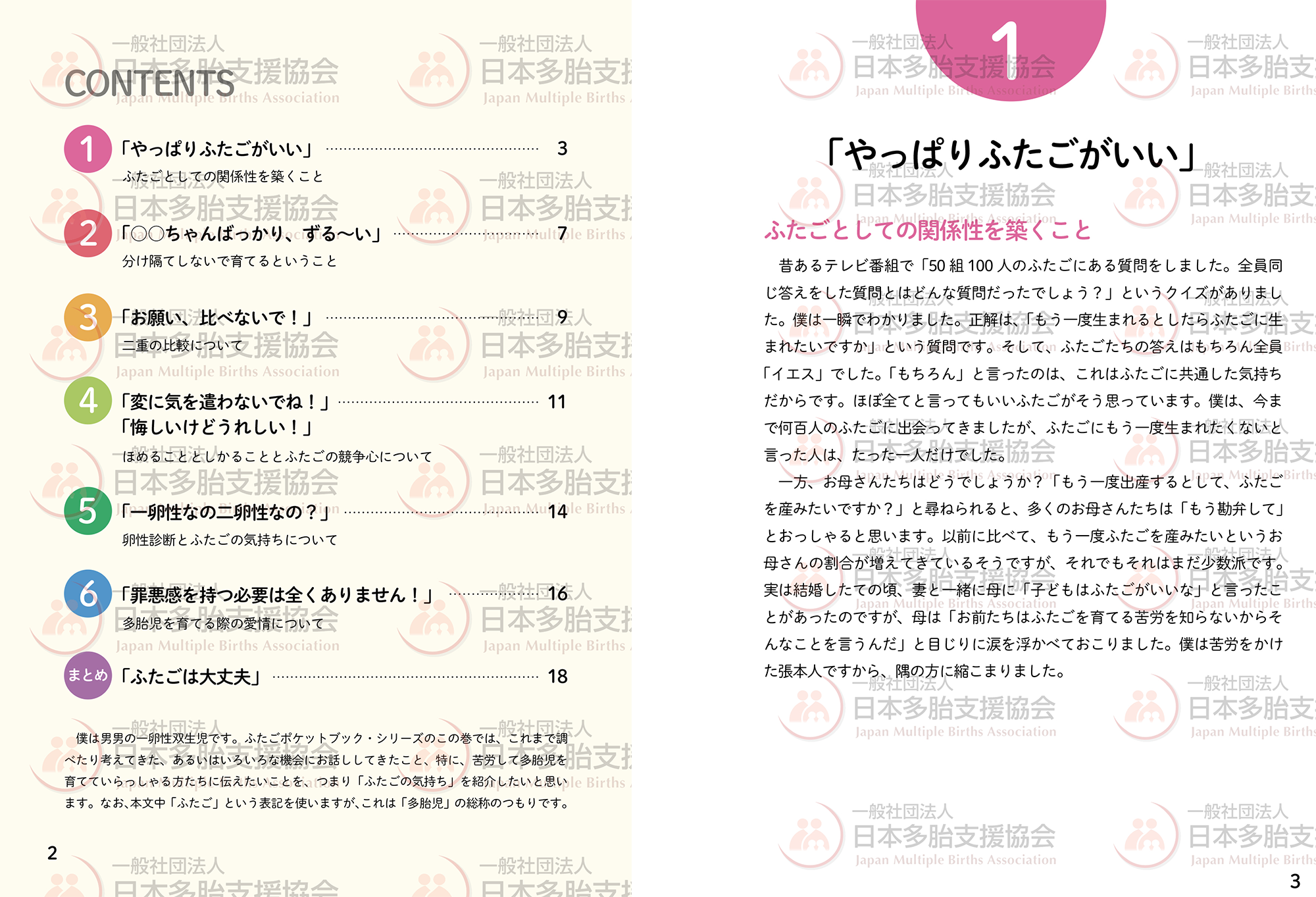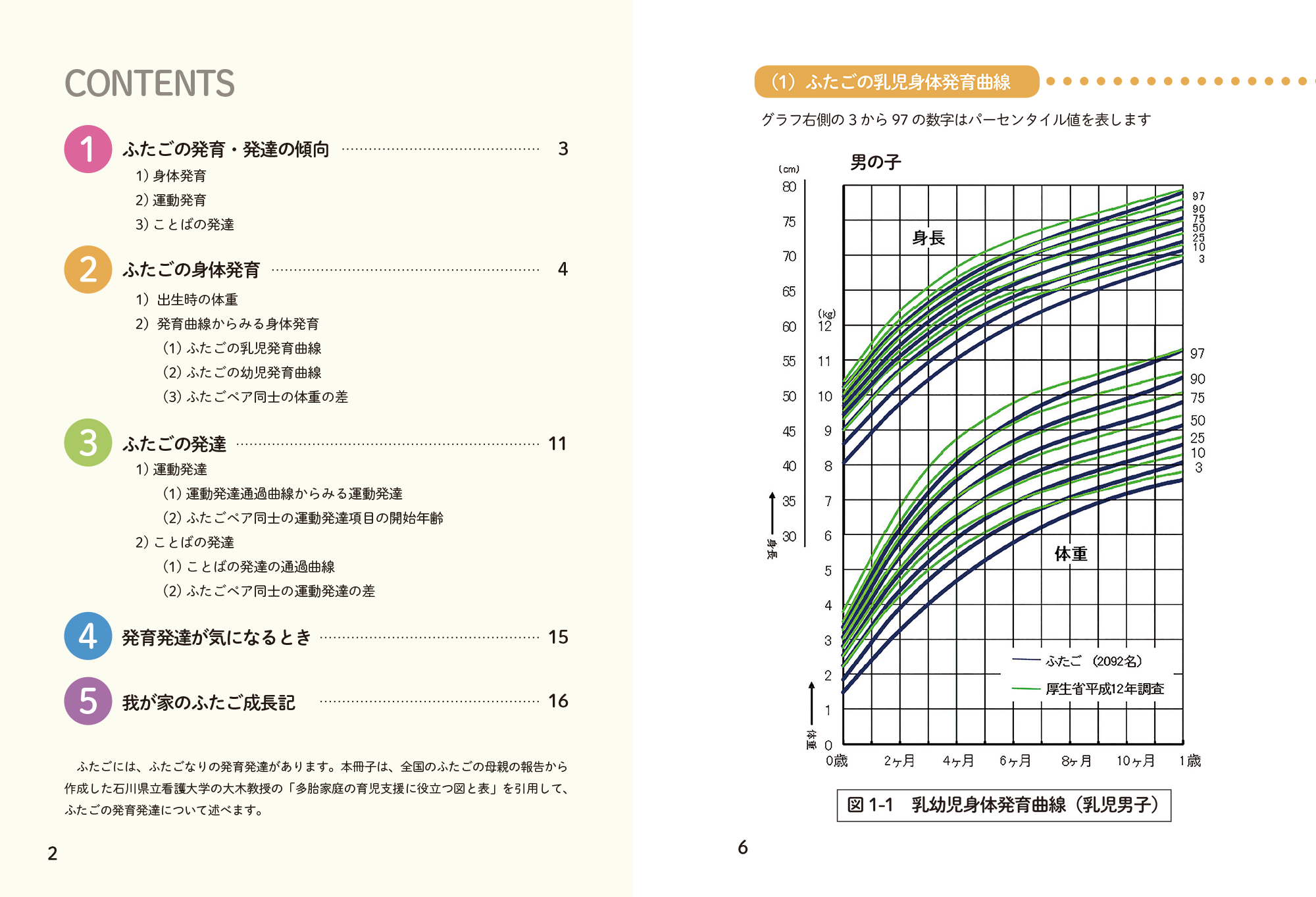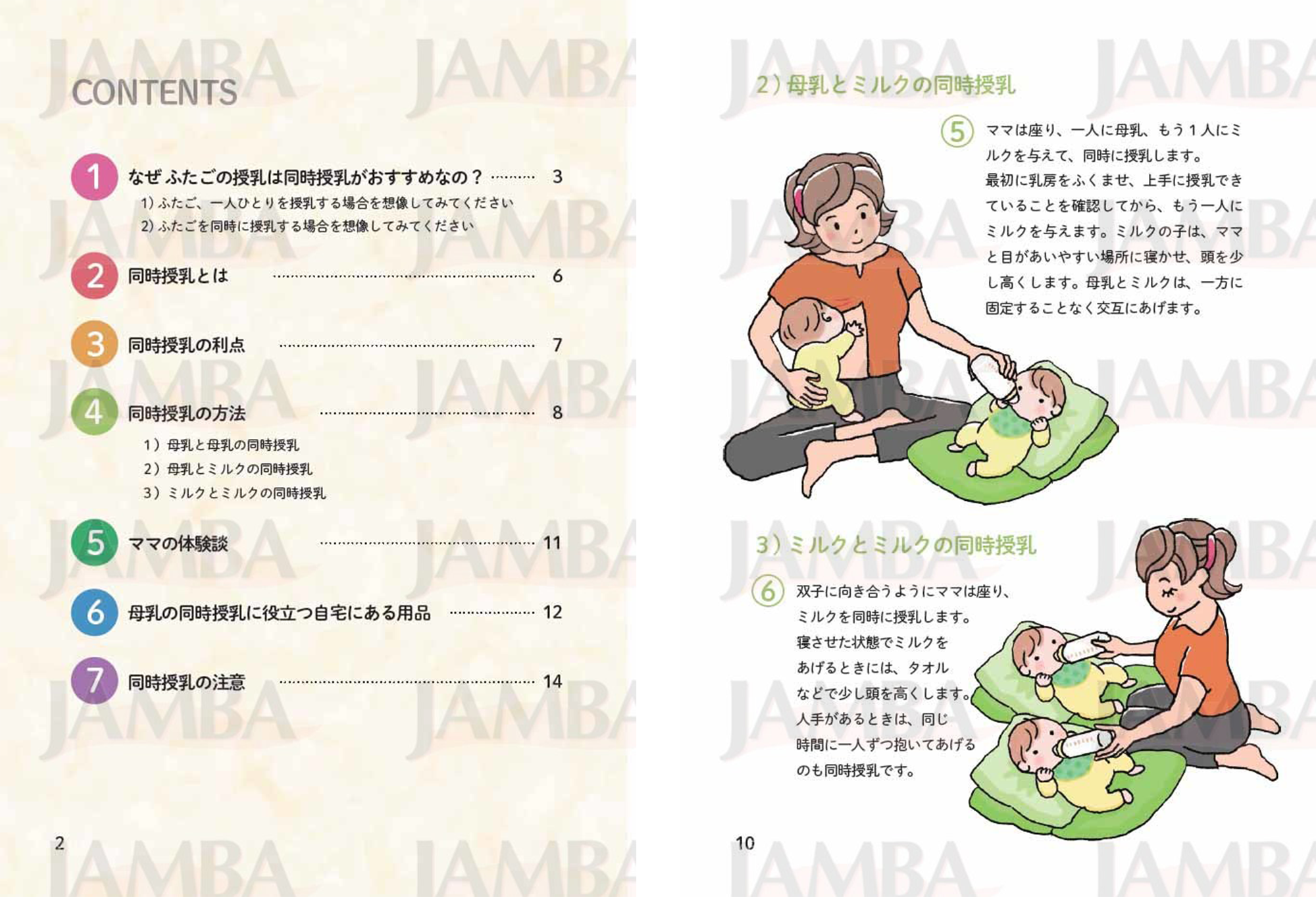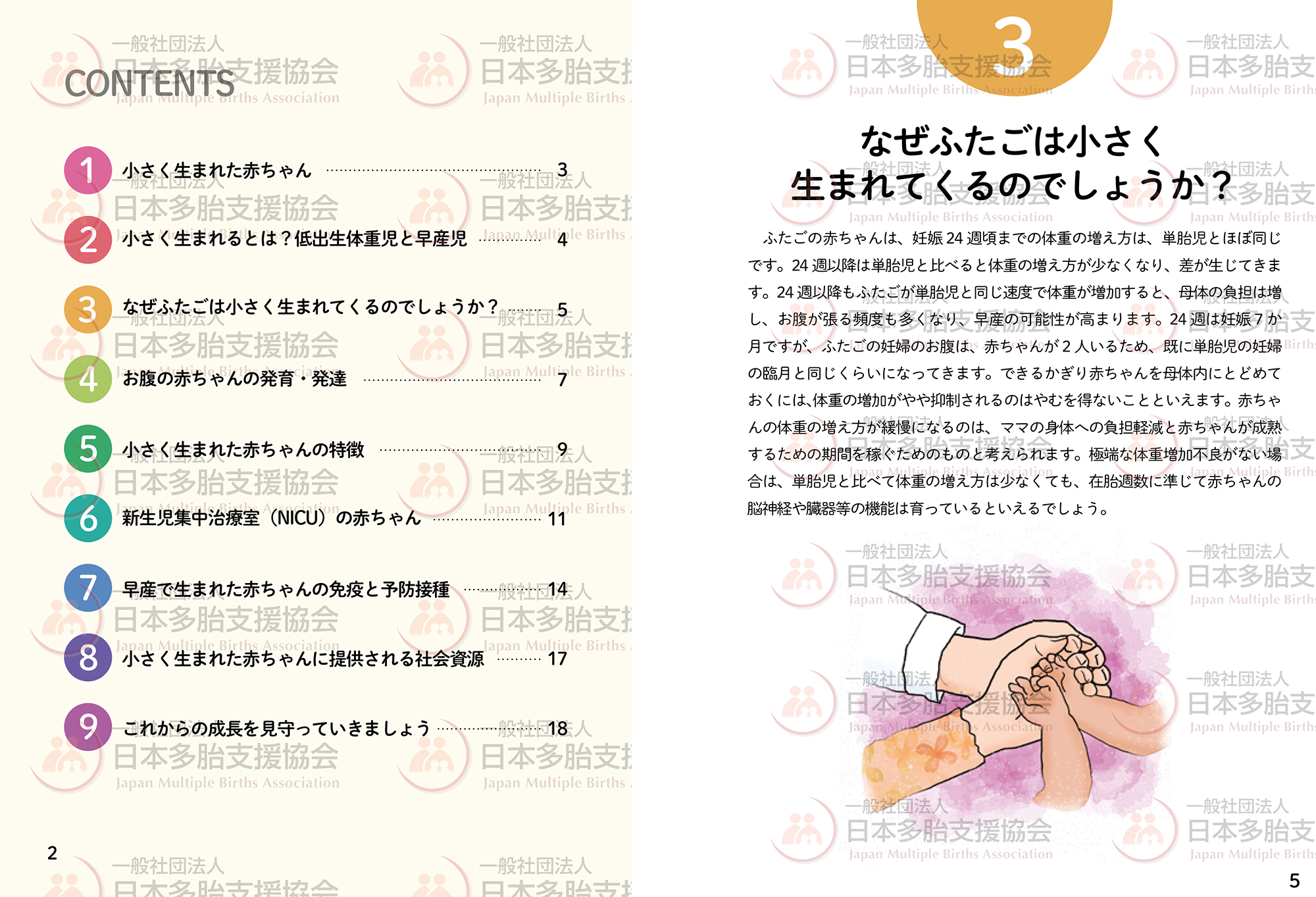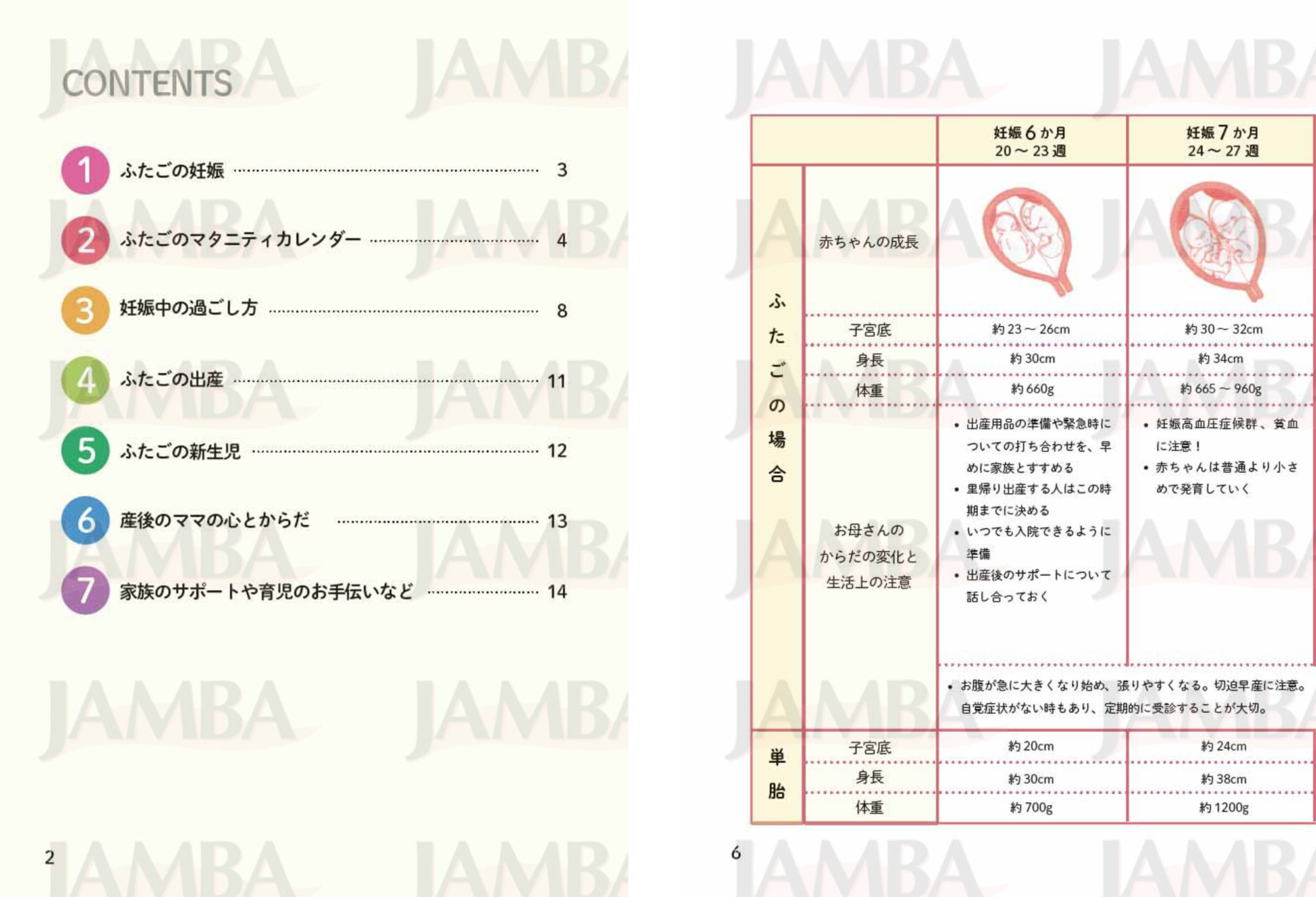双胎間輸血症候群(TTTS)
双胎間輸血症候群の解説アニメ(日本語字幕版)
この日本語字幕版は、一般社団法人日本多胎支援協会が”GIFT-Surg project”より許諾を得て作成しています。なお字幕版は、オリジナル動画の0.7倍速で作製されています。
※ GIFT-Surg projectはUniversity College Londonが主導する、外科医療の先端技術開発に取り組む学際総合プロジェクトです。
The Original Video (https://youtu.be/XhKJiaZyke0) is the Work of the GIFT-Surg project (http://www.gift-surg.ac.uk).
This version with Japanese Subtitles is created by the Japan Multiple Births Association (JpMBA) with permission from “GIFT-Surg project”. The subtitle version is made at 0.7 times the speed of the original movie.
字幕訳(All Subtitles)
※ 字幕訳は必ずしも精密な『翻訳』ではありません。スライドの切り替わりと日本語に適した文章に変更しています。
【MM双胎】
双子が一つの胎盤を共有している妊娠は、1絨毛膜性双胎妊娠と呼ばれます
【胎盤の状況】
一絨毛膜性の妊娠は、胎盤内の双子の血管同士が繋がり(吻合)、双子の一方からもう一方に血液が行き来することがあります。
【TTTSの状態】
吻合により、胎児と胎盤の間の血液の流れが不均等だと、
(※訳注:より正確には『血管吻合により胎児から送り出す血液と、胎盤から戻ってくる(胎児へ戻ってくる)血液のバランスが悪いと、』)
双子の一方は多血に、もう一方は貧血の状態になります。
この状態を、双胎間輸血症候群、またはTTTSと呼びます。
【ドナー&レシピエント】
供血児(ドナー)はしばしば発育不全となり、尿量の低下(乏尿)が生じ、羊水量が正常水準を下回ります。
受血児(レシピエント)は通常、体が大きく、心臓と血圧に問題を抱えがちです。また血液循環量の増加のため、尿量が増加します。受血児は、羊水量が正常水準を上回ります。
【超音波検査】
子ども達の状態は超音波検査により観察され、必要があれば高次施設に紹介されます。
妊娠中に、お腹が急に大きくなったと感じた時は、病院を訪れた方が良いでしょう。双子の1人が羊水過多になっている兆候かも知れないからです。
TTTSの妊婦全員が合併症を発症するわけではありません。
(※訳注:TTTSの全てが必ずしも重篤化するわけではありません。)
しかし重症例では、供血児・受血児の一方、もしくは二人ともが死亡するリスクが高いです。
【レーザー治療】
レーザー治療法はTTTSに対処できる方法です。
リスクに直面している一人、または両方の子どもを、胎盤の血管吻合を遮断して救います。
母体に麻酔が施され、そして、胎児鏡として知られる小さな内視鏡が子宮内に挿入されます。
(※訳注:原文は局所麻酔ですが、麻酔の種類の選択は状況に応じて最適なものが選択されます。)
胎盤表面の吻合血管は胎児鏡で観察され、レーザーで凝固遮断されます。
同時に、胎児の負担を軽減するため、羊水除去により羊水量を正常化します。
【胎盤表面にない血管】
現在の方法は多くの場合で効果的ですが、胎盤の表面より奥にある血管は医師には見えません。
【TTTSの再発可能性】
つまり、多血・貧血は再発する可能性があります。
従って子ども達の出生まで、念入りに状態を観察する必要があります。
【開発中の胎児鏡】
これらの問題を克服するため、医師がよりクリアに観察できる最新の医用画像技術を用いたカメラを使用する、フレキシブルな胎児鏡の開発が試みられています。
【注意事項!】
他の手術と同じように、胎児の手術にもリスクがあります。
主なリスクは破水と早産です。
担当の医師と家族は手術の具体的なリスクに関し、詳細な話し合いを持つことになります。
The Original Text
This occurs when connections form between the twins blood vessels in the placenta, allowing blood to transfer from one twin to the other.
When this connection becomes unbalanced, a condition can develop where one twin will receive too much blood and one too little.
This is called twin to twin transfusion syndrome or TTTS
The donor twin often has growth restriction and decreased urine output, leading to a below average level of amniotic fluid.
The recipient twin is usually physically larger, and can often have heart and blood pressure problems, and an increased urinary output due to the increased blood flow.
This twin has above average levels of amniotic fluid.
Their condition will be monitored through ultrasound scans and patients will be referred to a specialist fetal medicine unit when necessary.
Mothers should attend hospital if there is a sudden growth in the size of their stomach as this might be a sign that one twin is being overloaded with amniotic fluid.
Not all women with TTTS develop complications.
But in severe cases, there is a high risk of either the donor or recipient or both of the babies dying.
Laser therapy is a possible form of treatment.
The aim is to try and save one or both of the babies, by separating the connections in the placenta.
Mothers are given local anaesthetic.
And a tiny camera known as a fetoscope is inserted into the womb.
The connecting blood vessels in the placenta are identified through the camera and sealed using a laser.
At the same time excess amniotic fluid is removed to relieve pressure on each baby.
The current method is often effective.
But vessels deeper than the surface the placenta cannot be seen by the doctor.
This means the imbalance can return.
So the condition needs to be closely monitored until birth.
To overcome these problems, a flexible fetoscope is being developed with cameras that use the latest medical imaging technology, enabling the surgeon to see more clearly.
As with any surgery, fetal surgery carries risk.
The main risks are rupture of membranes and preterm birth.
Your clinician will discuss the specific risks of your procedure with you further.


